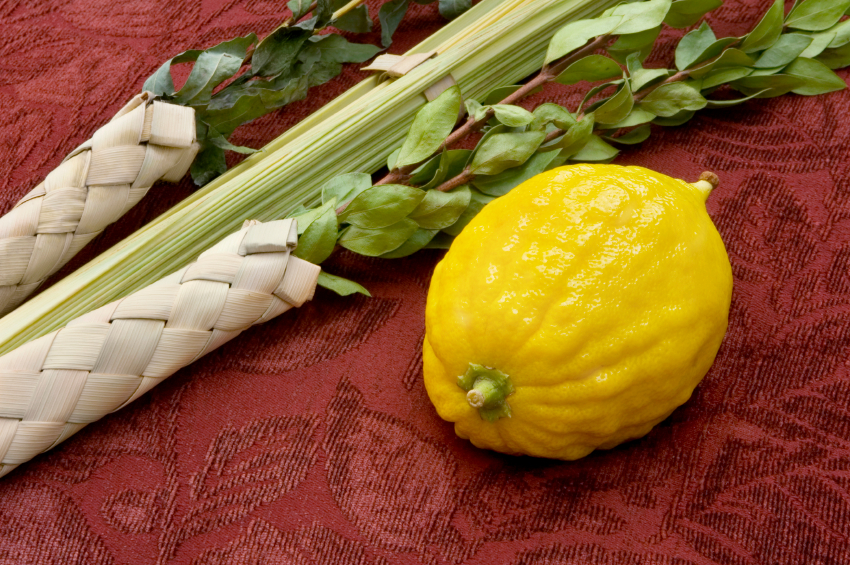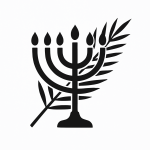
When Is the Creator’s New Year—and What Are His Holy Days?
According to Scripture, a biblical day begins at sunset—not at midnight like in Western culture—and the Creator’s New Year starts on the first day of the Hebrew month of Abib (also called Aviv or Nisan), which usually falls in March or April. Unlike today’s Jewish traditions that renamed the biblical new year and some feasts during the Babylonian exile, the Bible clearly states that Abib is the first month of the year (Exodus 12:2). This is also the season of Passover and the Feast of Unleavened Bread, pointing to important events like Israel’s exodus from Egypt. These festivals—along with others like Shavuot (Pentecost), Yom Teruah (Trumpets), Yom Kippurim (Atonements), and Sukkot (Tabernacles)—are called the “Feasts of Yahweh,” not of the Jews, and are still relevant for all who are grafted into Israel (Romans 11, Ephesians 2). Leviticus 23 lists eight total feasts, including the weekly Sabbath. Of these, three are “mandatory pilgrimage feasts” where all males were commanded to gather—Unleavened Bread, Shavuot, and Sukkot. While most of us can’t travel to Jerusalem today, we’re still called to observe these appointed times with reverence, sincerity, and joy—at home or with fellow believers—just as Yahweh intended.
